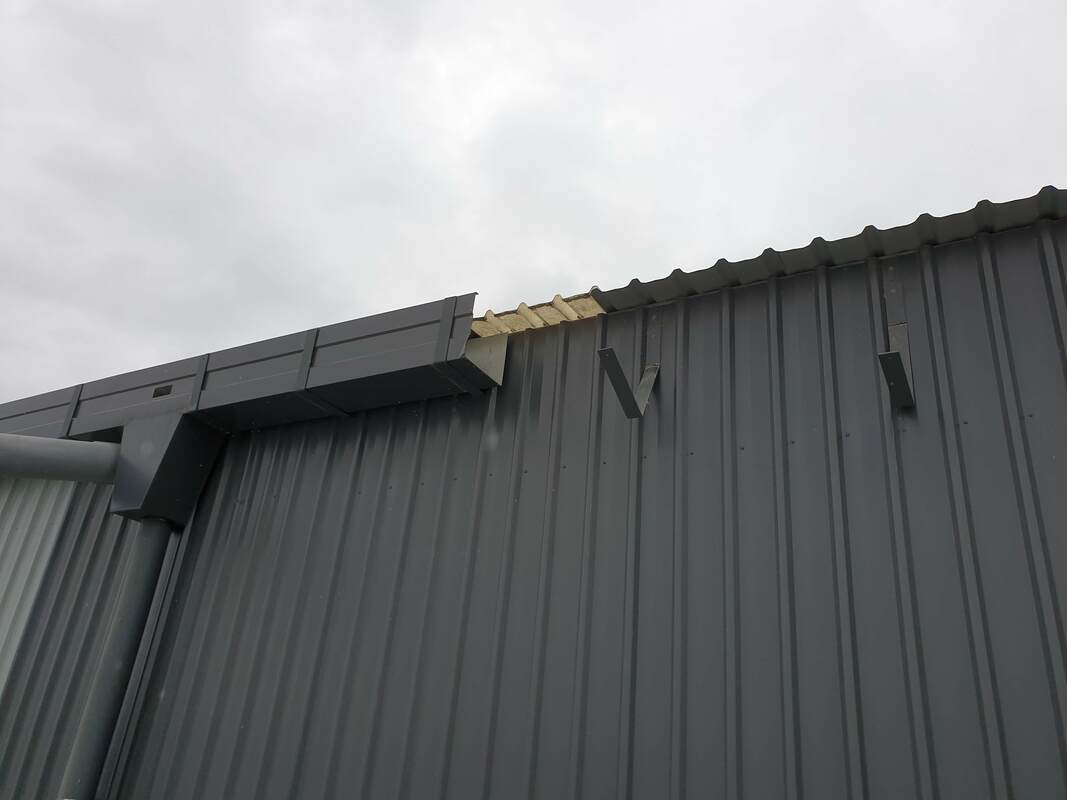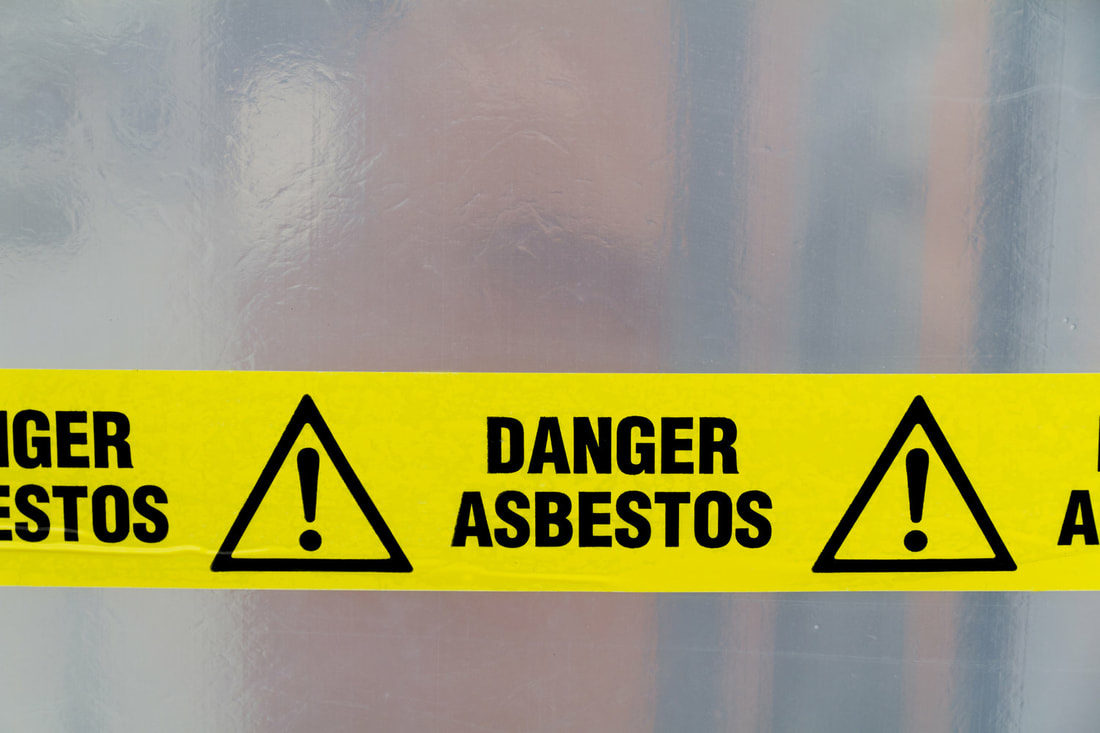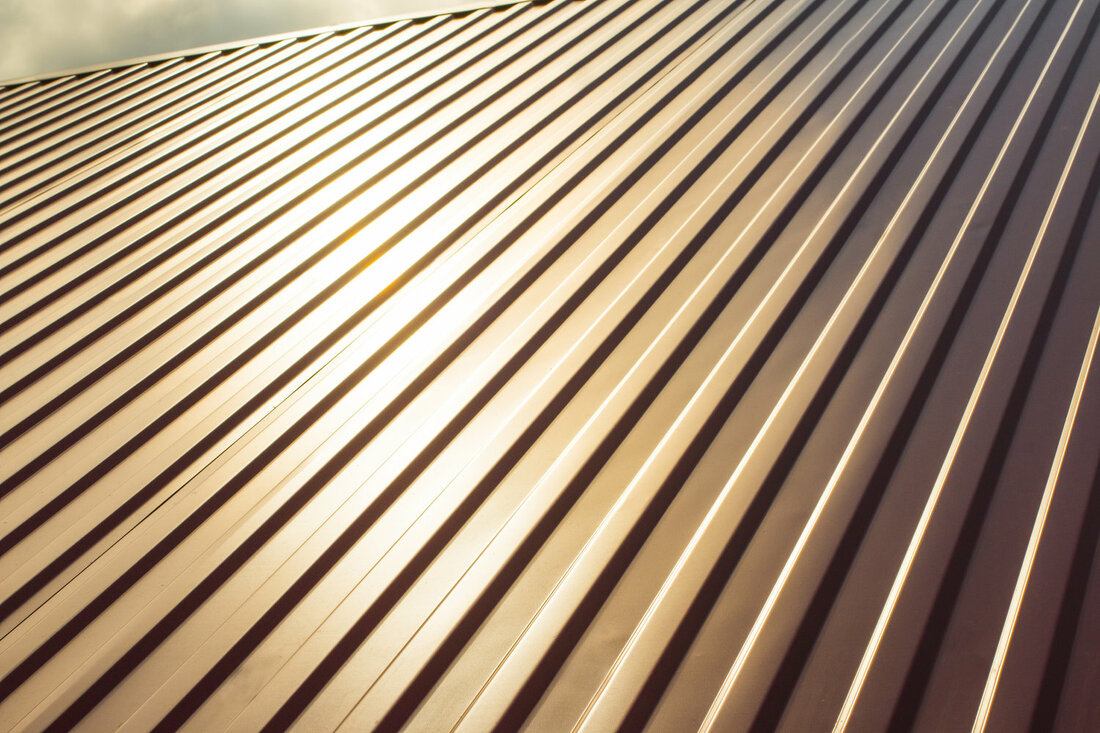|
Is It Time to Repair or Replace My Roof?
Like all man made structures, roofing only has a limited lifespan. No matter how durable your roof is, it will eventually need to be repaired, upgraded or completely replaced. Understanding and recognizing the obvious signs that your roof has reached this point will ensure that your home or business stays safe in case of an unexpected emergency. At Ideal Roofing, we are passionate about informing everyday Australians about the ins and outs of our industry; domestic and commercial roofing. Read through our latest post to learn about the signs of roof deterioration and how to best respond to it. Signs of Roof Deterioration WATER LEAKS One of the most obvious signs of roofing deterioration is multiple leaks throughout your property. Look for yellowish stains and peeling paint on the top floors of your home or business to easily spot any leaks. Also inspect door and window frames for any stains that could indicate recent water damage. SHINGLE DETERIORATION Curled shingles are a sure sign that they have started to shrink and become severely weakened. After curling, it is only a matter of time until they become complete detached from your roof, leaving your property susceptible to water entry and subsequent damage. If you’ve noticed that your shingles are starting to curl, it is imperative that you act soon to fight off future problems. MOSS GROWTH Moss growth may give your roof a quaint, rustic look, but this seemingly innocuous growth can lead to major roofing problems. Widespread moss growth can damage your shingles and open your property up to potential water damage. Questions to Ask Yourself After noticing numerous signs of a damaged roof, you must decide whether to settle for roof repairs or to install an entirely new roof. Here are 3 pertinent questions which should be considered. HOW BIG OF AN AREA NEEDS REPLACEMENT? Minor roof damage over a small surface area should be easily repairable at a low cost. However, widespread damage or multiple damaged areas should be treated differently. Having various different water leaks throughout your roof is a sure sign that your roof is past its used-by date and should be completely overhauled. HOW OLD IS MY ROOF? The lifespan of your roof will vary depending on the material used and the area you live in, from 10 up to 60 or more years. Consider how long your roof has been standing for, the materials that were used, and the era in which it was built in. If the decades are starting to pile up, it may be time to completely replace the roof over your head. WHAT’S THE ADDITIONAL COST TO REPLACE THE ENTIRE ROOF? It is crucial to look at this problem as a long-term venture. While repairing your roof may be the cheaper option, you may save money in the long run by simply replacing it now. If repairing your roof is not materially cheaper than a complete replacement, it would be a wise move to consider an entirely new roof installation. Have you been thinking that your property’s roofing needs to be repaired or replaced? Contact Sydney’s roofing specialist for a hassle-free assessment today.
68 Comments
Safeguarding Your Home against Hail Storms
Hail storms can cause havoc for homes, leading to serious roof and property damage after major downpours. This damage doesn’t just happen after those rare days when you get golf ball sized hail stones, either. Serious damage can occur after a hail storm of any size or magnitude. Luckily, there’s always something you can do today to prevent wind and hail damage in the future. Follow these three basic steps to ensure that your roof will withstand any hail storm that passes through your neighbourhood. 1. Examining the Flashing At Ideal Roofing, we recommend making semi-frequent assessments of your roof’s general health and well being. Paying particular attention to your roof's flashings is of monumental importance when assessing how hail resistant your property is. Ensuring your flashings are in pristine condition and undamaged will help prevent further overall damage during a hailstorm. 2. Consider Hail Resistant Materials Not all roofing materials are made equally when it comes to their protection against hailstorms. Clay tiles, for instance, are famously brittle and ineffective after being hit by hail of any size. Meanwhile, asphalt-based roofing performs far better and is historically effective, even in the wake of hail. While not as steadfast as some asphalt roofing, metal sheets are a good hybrid that will cover you in many different circumstances. Metal roofing has the potential to dent under severe hail, but it is generally strong and reflexive against most grades of hail. Balanced with its other great properties, this makes metal roofing a strong choice for wet weather. 3. Look for Materials Rated for Wind Speed Choosing roofing that is wind resistant is absolutely essential to ensure the safety of your property during any kind of stormy weather. When searching for appropriate roofing materials, you should balance the pros and cons in regards to different facets of a storm. Clay tiles, for instance, are remarkably effective when safeguarding against hail while also being quite poor in extreme wind. Not only are they susceptible to fall off in high winds, but they can also turn into dangerous projectiles once this happens. Metal roofing is seen as the premier roofing option when it comes to the wind, boasting the ability to withstand winds of up to 180 – 260 km/h. CONSULT AN EXPERIENCED ROOF CONTRACTOR After making a rough initial assessment of your property, we advise you to contact a professional roofing contractor to get the complete picture. They will be able to answer all of your burning questions and properly advise you on how to best balance your largest roofing concerns. For complete roofing assessments and advice in Sydney, look no further than the experts at Ideal Roofing. Contact us to speak to our friendly staff today. 4 THINGS THAT CAN INDICATE ASBESTOS IN YOUR HOME
Asbestos – the word alone conjures negative associations that range from property damage to chronic sickness, and with good reason. The harmful mineral was used for decades as a source of insulation for properties all over the globe, without any knowledge of how deadly prolonged inhalation can be for the human body. Fatal diseases such as lung cancer, mesothelioma and asbestos are often the result of anyone who comes into frequent, prolonged contact with asbestos fibres. In the 21st century, it is illegal to use asbestos for any means, but many homes and warehouses still contain asbestos from construction of years past. To become informed, read about the 4 things that can indicate asbestos in your home. SMALL WHITE FIBRES Asbestos can be found all throughout a home. This can include floor tiles, water tanks, pipe insulation, roofs and gutters, just to name a small sample of places. When looking in one of these many places throughout your property, you should look for unusual white fibres around the edges of the material in question. Asbestos fibres clump together and tend to look furry and fluffy in appearance. Always exercise extreme caution when looking for asbestos. The material is least dangerous when it is left undisturbed, so you should never go to great lengths to try and uncover it. ASBESTOS JOINERY 40 x 6 mm wooden battens were commonly used in the past to cover the joints used on external corners, internal corners and flat wall pieces. These strips of joinery are often concealing harmful fibres and have traditionally signaled that the material initially used was asbestos. Please be aware that plastic joiners were also used in the early 1980’s when asbestos was still used in building and construction. If you have these joiners in your home, contact a professional to organize an examination and removal. LOOK FOR BLUNT NAILS Asbestos sheeting becomes dangerous whenever it is shattered and fractured, causing irreversible respiratory damage to anyone who comes into contact with the material. However, instead of using an alternative material, contractors would use special nails to fix asbestos to the wall more effectively. These nails are characterized by their blunt, flat end. Instead of being hammered into the sheeting they would be punched in using special instruments, and hence would not have the usual point like other nails. Finding these blunt nails is a potential sign that your property may have been built using asbestos. LOOK FOR MARKINGS THAT INDICATE ASBESTOS Asbestos products that were manufactured in the 70’s and 80’s will often have markings that will identify the material as asbestos. The label will be marked with a message that simply reads “Contains asbestos”. Finding potential asbestos in your home is a serious matter. If you are concerned about potential asbestos in your property, contact the professionals at Ideal Roofing for guidance, advice and testing. We are fully certified, trained and licensed asbestos contractors. The 4 Most Common Roof Leak Causes and How to Fix Them
A leaky roof can cause a great deal of frustration and anguish every time significant rainfall occurs. Having to put buckets down under the leaky spot, losing paperwork to the leak and the constant dripping sound at night are all common annoyances during this period. You also risk more serious damage and costs through the water damage that a leaky roof will inevitably cause. While some roof damage occurs through general wear and tear, some is directly related to unexpected damage to specific roofing areas. At Ideal Roofing, we have compiled a list of the 4 most common roof leak causes to help you understand and resolve your roofing problems. 1. Cracked Flashing Flashing is the thin pieces of metal installed under your roofing shingles. It creates a barrier for your home against wet weather and other wild conditions. This barrier is often sealed with tar by roofers and can be broken or penetrated over time from natural wear and tear. When this seal is broken, flashing is left exposed, allowing elements such as wind and rain to affect your property. 2. Broken Shingles Broken or missing shingles are the easiest problem to spot on your roof due to the fact that shingles make up the outer layer of a roof. Damaged shingles are identifiable by the holes, cracks and patches that will pepper your roof. Similar to cracked flashings, shingle damage occurs after general wear and tear. 3. Your Skylights Were Not Properly Installed If you notice wet spots underneath your lights and moisture forming around them, it will be quite clear that your skylights are the cause of your leaks. These leaks are really easy to spot and are much easier to fix than structural damage to flashings or shingles. These leaks occur thanks to improper measuring and fitting of the lights upon installation. 4. Blocked Gutters If you see leaves sticking out of a gutter, this is a sure sign that there are blocked gutters nearby. You will also notice that there is no water trickling out of a downpipe, indicating that the gutters are not doing their job. These leaks are very easy to fix yourself and don’t really require professional help. We suggest using a straightened coat hanger to prod away the blockage and release the trapped water. CALL A ROOFING SPECIALIST TODAY WHATEVER THE CAUSE OF THE PROBLEM, IF YOU ARE FACED WITH A LEAK IN YOUR HOME, WE ADVISE SEEKING PROFESSIONAL HELP IN MOST CASES. THESE PROBLEMS USUALLY REQUIRE A ROOFING PROFESSIONAL TO REMEDY THE UNDERLYING ISSUE AND REPAIR YOUR LEAKY ROOF. WITH PROFESSIONAL ASSISTANCE, YOU CAN ALSO BE SURE OF A JOB WELL DONE. Don’t put up with an annoying leaking roof any longer. Contact Sydney’s roofing experts at Ideal Roofing for no fuss roof repairs today. Metal Roofing – What Do I Need to Know?
Deciding on the right roofing for your property is not always as simple as it seems. The consequences of a poor roofing choice can be costly for your home and your hip pocket for many years to come if you don’t do proper research and understand your options. Metal roofing is one option that deserves serious consideration when making a decision on your property’s vertical protection. This versatile material has become more and more popular throughout Australia for its unique qualities and protection from the harsh Australian environment. At Ideal Roofing, it is our pleasure to guide you through this process by demonstrating some of the pros and cons of using metal roof sheeting for your new roof. Superior Durability and Longevity The number one advantage of using metal roof sheering is the longevity it will provide you. It’s said by many in the roofing industry that metal roofing will effectively last as long as your house. Materials such as steel and aluminium are proven to last longer than alternate roofing sources such as wood, asphalt or tile thanks to their unique, weather resistant properties. Not only is metal resistant to fire, mildew, insects and rot, but it is also effective in preventing water damage to your property, ensuring that you are protected from the elements all year long. EASE OF INSTALLATION Metal roofing generally comes in lightweight sheets between 12 and 36 inches that are easily installable by any contractor. These metal sheets are also easily transferable from supplier to home, meaning that transporting materials is a simple task for your contractor. Installing your roofing in a speedy fashion will also safeguard your home from potential rain or storms that may occur during the installation process. COST The most commonly quoted downfall of metal roofing is the cost to purchase and install when compared to its competitors. Indeed, metal roofing can cost more than other roofing alternatives, leaving you with a larger initial outlay. However, this initial cost you incur will be offset by future savings thanks to the superior durability of metal. While you may have to replace a tiled roof multiple times over a property's life span, metal is a near certainty to last the duration if installed correctly and in the right environment. Interested in learning more about the properties of metal roofing? Simply contact us today to speak to our team of roofing professionals. |
Categories
All
|






 RSS Feed
RSS Feed





